Enter a surname, town name or other keyword to search the database. Remember to
allow for the different spellings of 'Mc' and 'Mac.' Good luck!
{Search tips: Use single word search terms for more results}
You must enter some valid character(s) into the search field

Reference: 934d
E.P.C Green, Torridon House, I...
|
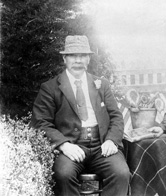
Reference: 838
Copy for Mrs Robertson, Old Ed...
|
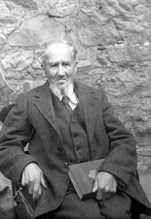
Reference: 26107b
Mr Mackay. The book he is hold...
|
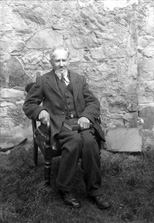
Reference: 26107a
Mr Mackay. The book he is hold...
|
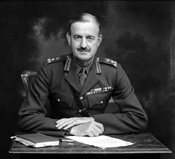
Reference: 46461f
Brigadier (later General) Sir ...
|
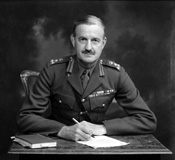
Reference: 46461e
Brigadier (later General) Sir ...
|
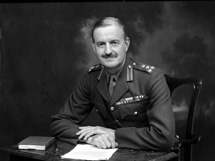
Reference: 46461d
Brigadier (later General) Sir ...
|
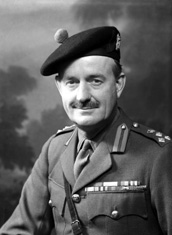
Reference: 46461c
Brigadier (later General) Sir ...
|
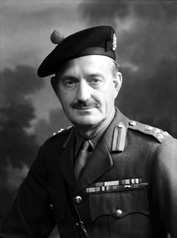
Reference: 46461b
Brigadier (later General) Sir ...
|
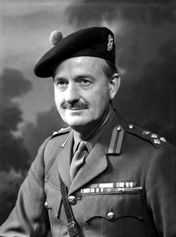
Reference: 46461a
Brigadier (later General) Sir ...
|
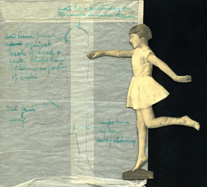
Reference: 25530c
Dancing girl, October 1925. Th...
|
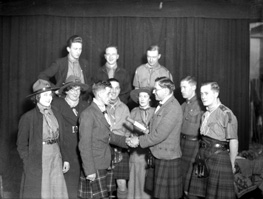
Reference: H-0079
Scout ceremony. Dated c1930s a...
|